

|
Meyer Turku starts first main engine on Legend of the Seas cruise ship
Finnish shipbuilder fires up Wärtsilä engine ahead of 2025 Royal Caribbean delivery. |
|
|
|
||

|
Malik Energy launches internal leadership development programme
Marine fuel supplier rolls out training initiative for managers across its supply and energy divisions. |
|
|
|
||
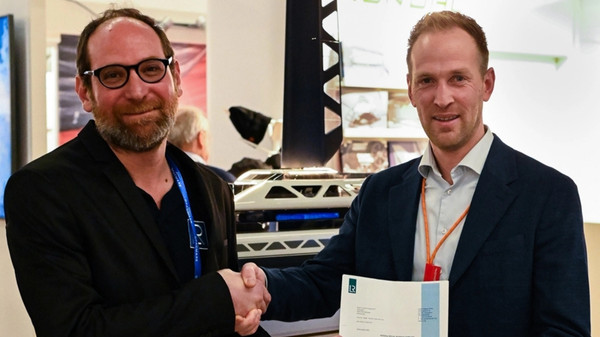
|
Rondal's Aero Wing Sail receives Lloyd's Register approval in principle
Classification society grants AiP for rigid wing-sail concept designed for large yacht applications. |
|
|
|
||
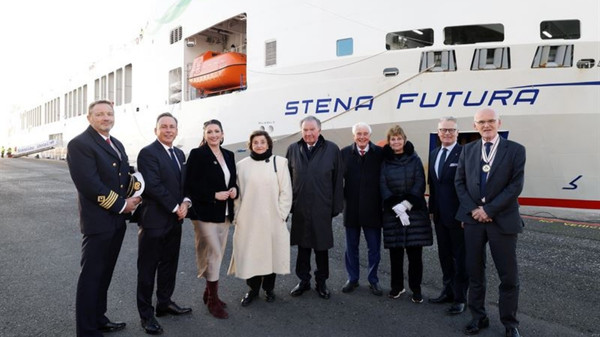
|
Stena Line names methanol-ready hybrid ferry at Belfast ceremony
Ferry operator marks 30 years in Belfast with £100m investment in freight vessels. |
|
|
|
||
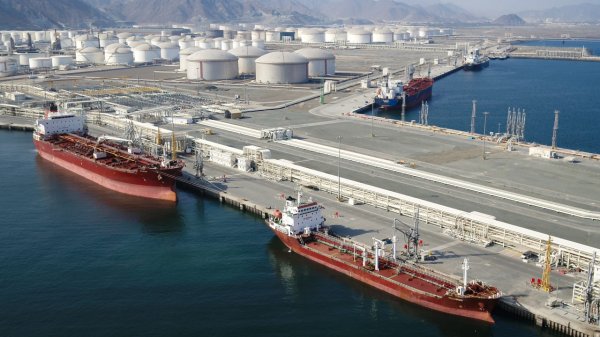
|
Fujairah oil terminals add MLA securing requirement in latest revision
Port updates pre-arrival documentation to address marine loading arm vibration during operations. |
|
|
|
||
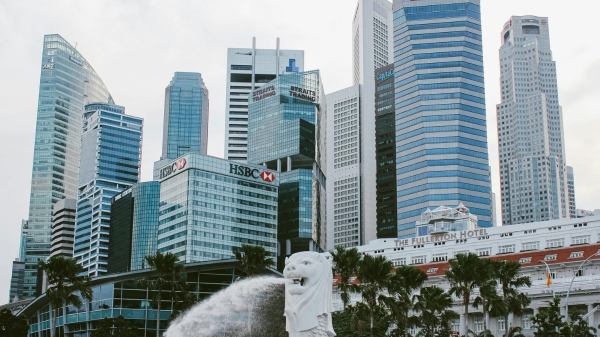
|
Singapore awards three methanol bunkering licences from 2026
Maritime and Port Authority selects suppliers from 13 applicants for five-year licensing period. |
|
|
|
||
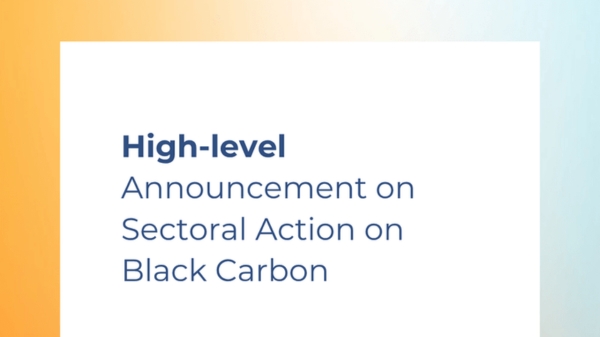
|
Clean Arctic Alliance calls for Arctic states to submit polar fuels proposal by December 5 deadline
Environmental group urges IMO member states to act on black carbon emissions following COP30 announcement. |
|
|
|
||
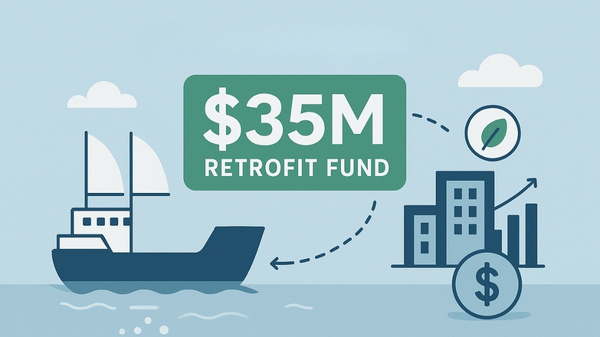
|
GCMD closes world's first pay-as-you-save vessel retrofit fund at $35 million
Fund links repayments to verified fuel savings, offering unsecured leases to overcome financing barriers. |
|
|
|
||

|
Where next for LNG fuel after IMO carbon pricing pause?
WinGD’s Benny Hilström examines what lies ahead for LNG as a marine fuel. |
|
|
|
||
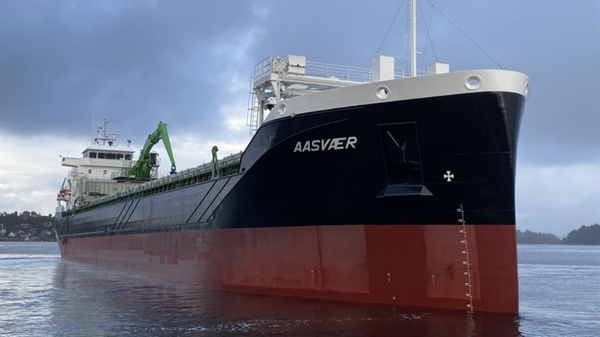
|
Wärtsilä secures sixth hybrid propulsion order from Aasen Shipping for bulk carrier series
Norwegian shipowner orders integrated system for 9,500 DWT vessel under construction at Royal Bodewes. |
|
|
|
||
| Topoil launches bunker tanker [News & Insights] |
| Agreement to evaluate LNG bunkering in Korea [News & Insights] |
| Gothenburg welcomes tax break for cold ironing [News & Insights] |
| Cold ironing website launched [News & Insights] |